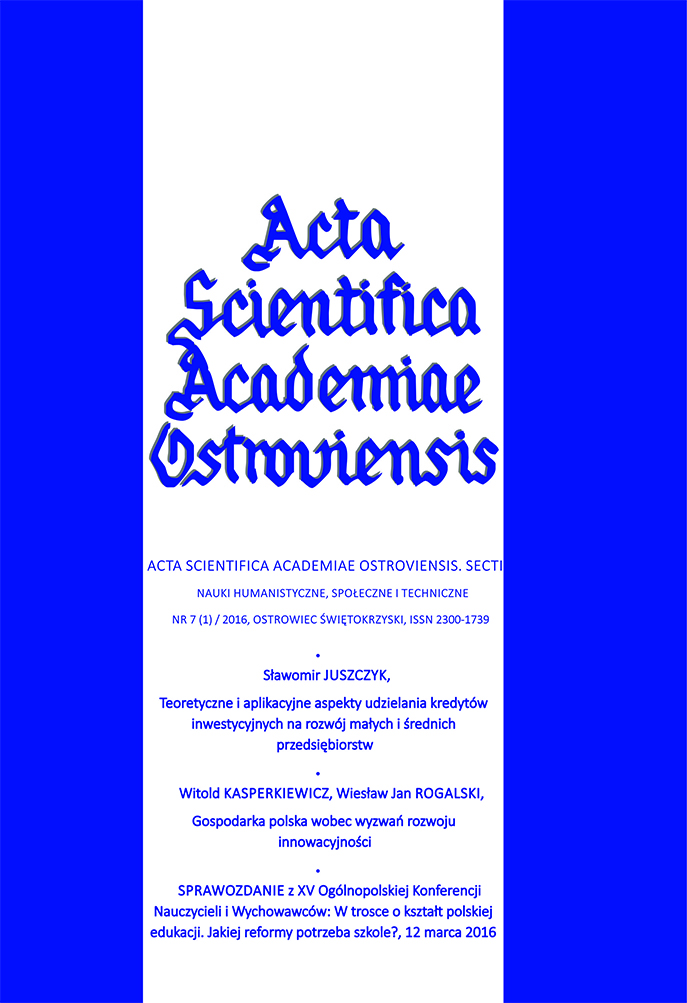Style przywiązania kształtowane w rodzinie i ich wpływ na rozwój emocjonalny dziecka
Attachment Styles Shaped in the Family and their Impact on Emotional Development of a Child
Author(s): Katarzyna Potaczała-PerzSubject(s): Psychology, Health and medicine and law, Family and social welfare
Published by: Wyższa Szkoła Biznesu i Przedsiębiorczości w Ostrowcu Świętokrzyskim
Keywords: Early childhood attachment; the need for closeness; John Bowlby's attachment theory; trusting bond; secure attachment style; anxious-ambivalent attachment style; avoidant attachment style;
Summary/Abstract: The article concerns the aspect of early childhood attachment that takes place in a dyad between a child and its primary caregiver, most often its mother. A substantial role of the "mother figure" in the process of shaping the bond has been emphasized, especially her availability, readiness and openness to respond to signals sent by the child. The article presents four attachment styles that are shaped in the family and have a significant impact on a child's emotional development. The most common and most beneficial for a child is the secure attachment style, in which the idea of a mother as a "safe base" shapes the sense of security and trust. Unfortunately, there are families in which non-safe attachment styles are formed: anxious-ambivalent style, avoidant style and disorganized style. Each of them adversely affects a child's development and its subsequent functioning among other people. And it would seem that so little is needed to build a trustful relationship with a child. Just to be there. Just to love. Just to recognize the child's needs and adequately react to them.
Journal: Acta Scientifica Academiae Ostroviensis. Sectio A, Nauki humanistyczne, społeczne i techniczne
- Issue Year: 11/2018
- Issue No: 1
- Page Range: 109-125
- Page Count: 17
- Language: Polish

